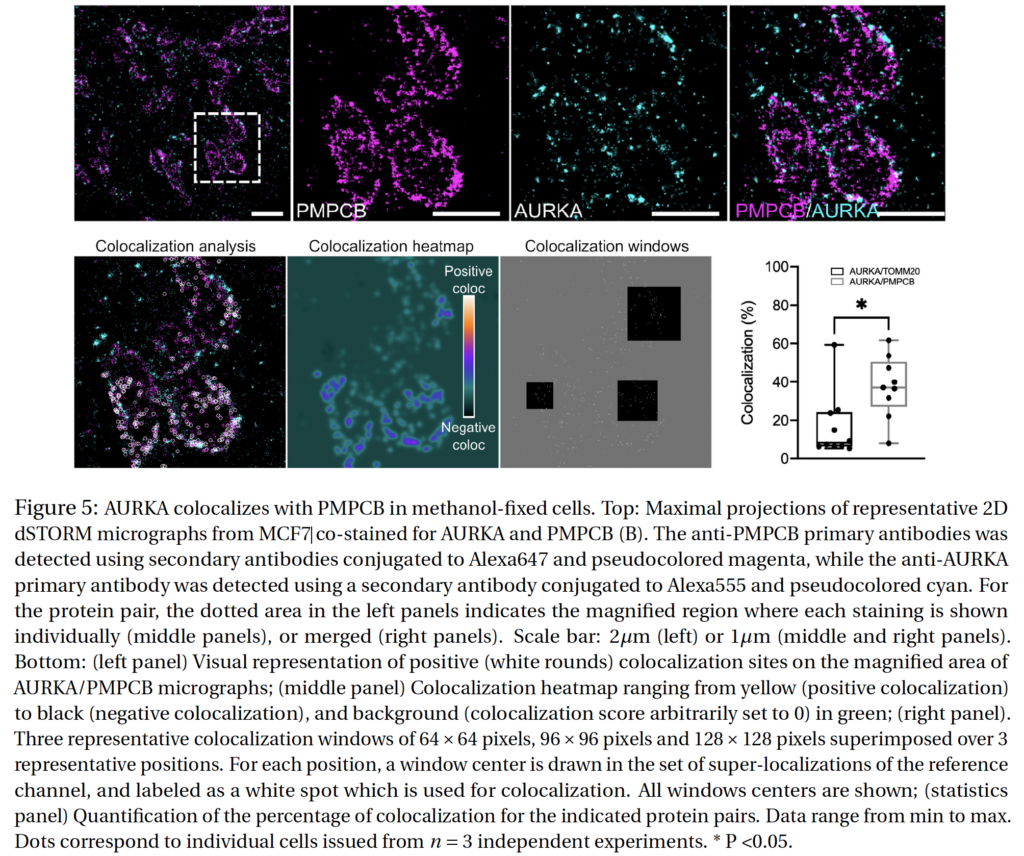GcoPS software

Overview
The GcoPS software enables to analyze colocalization between two 2D/3D images.
GcoPS is non parametric and allows to quantify the colocalization between two images. Given a 2D/3D segmented image for each channel, GcoPS tests whether the Pearson correlation between the two binary images is significantly positive. This procedure is only controlled by a p-value.
GcoPS handles 2D and 3D images, variable SNRs and any kind of cell shapes and sizes. It is able to evaluate the colocalization between large regions and small dots and to detect negative colocalization (or anti-colocalization).
GcoPS is a fast, robust-to-noise and versatile colocalization approach that reconciles intensity-based and object-based methods for both conventional diffraction-limited microscopy and sub-resolved microscopy. It provides results that are less sensitive to the presence of spurious isolated molecules, which may falsely influence point-based methods. Unlike object-based methods, GcoPS is insensitive to object segmentation.
As it is robust to scale, GcoPS can be applied on small windows to randomly extract regions of colocalization or compute a dense colocalization score map. Finally, by considering temporal shifts between frames, GcoPS allows to study the causality of colocalization between two channels.
The processing time of GcoPS is very short, a few hundreds of milliseconds per image pair in 2D and a few seconds in 3D, with no dependence on the number of objects per image.
Software distribution
GcoPS plugin
GcoPS is available on the Icy platform. A plugin presentation is available here gcopspresentation.pdf
Reference
- F. Lavancier, T. Pécot, L. Zengzhen, C. Kervrann, Testing independence between two random sets for the analysis of colocalization in bio-imaging. Biometrics, , doi:10.1111/BIOM.13115, HAL-INRIA-02369555, 2019
- Quantitative dSTORM super-resolution microscopy localizes Aurora kinase A/AURKA in the mitochondrial matrix, HAL-03086955, bio-arXiv, Biology of the Cell, 113(11): 458-473, 2021 (open access)
